| basic information |
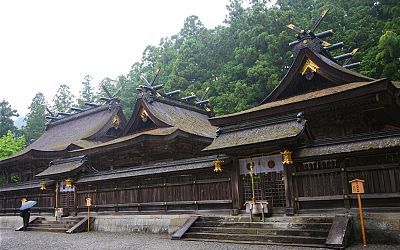
Kumano Hongu Taisha is one of the Kumano region's three famous shrines. As well as enshrining its own deity, Hongu Taisha also enshrines the deities of the other two Kumano shrines, Hayatama Taisha and Nachi Taisha, and the sun goddess Amaterasu. It serves as the head shrine of over 3000 Kumano shrines across Japan.
Reference to Hongu Taisha was first documented in the 9th century, which the establishment of the shrine must have preceded substantially. Due to floods in 1889, the shrine was moved from its original location at Oyu no Hara to its present site one kilometer away. In front of Oyu no Hara stands the biggest torii gate in the world, which, at 33 meters tall, dwarfs visitors passing under it.
 | 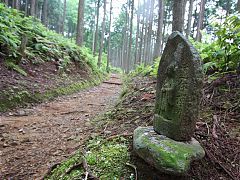 |
Hongu Taisha is located at the center of the Kumano Kodo network of pilgrimage routes. An enjoyable walk for visitors who wish to experience a pilgrimage trail but are pressed by time, is the final section of the Nakahechi route between Hosshinmon Oji and Hongu. It is seven kilometers long, takes about two hours and finishes at the shrine. Hosshinmon Oji is accessible by bus.
There are three onsen (hot springs) near Hongu: Yunomine, Kawayu and Wataze. The first two are small onsen towns, while Wataze Onsen consists of only a single hotel complex, Watarase Onsen, which is known for having the largest outdoor bath in western Japan. The bath is also open to non staying guests.
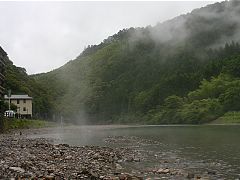 | 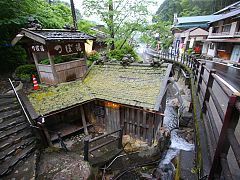 |
Kawayu Onsen is a unique hot spring town located along a river. To use the onsen, bathers dig a hole in the gravel riverbank into which hot spring water then flows. Cool river water is mixed with the hot onsen water to bring the water to a temperature particular to the bather's desire. In the winter, a giant rotenburo called the Sennin Bath is dug in the same manner, and is available for free public use.
Yunomine Onsen has such a long history that one of its baths, Tsuboyu, is designated as a UNESCO World Heritage Site. Pilgrims would perform purification rituals in the hot spring water as part of the religious process of their pilgrimage. Tsuboyu is one of two public bathhouses in Yunomine. The other is the nearby Yunomine Public Bathhouse, in which there are two separate bath areas.
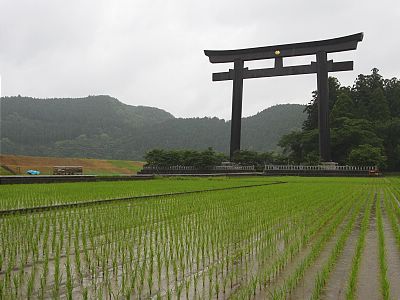
No comments:
Post a Comment